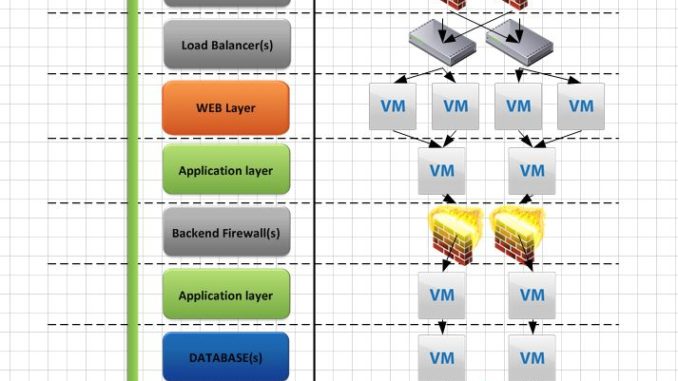
From vBikerBlog.com
OK ladies and gentleman it's been a while since my last post and that's primarily down to things like looking after babies and changing jobs. The reasons for the job change was primarily because I felt I needed to get more true enterprise experiences in order to achieve a true understanding of Enterprise Architecting. Most if not all of my work to date as been in the SMB spaces so therefore the amount of complexity hasn't really been relevant to the point where I felt it could justify me becoming a VCDX.
Anyway moving on to the subject at hand. You may recall that previously I questioned VMware's stance on their concept and point of view when it comes to the way they consider what upstream and downstream components are, as well as their impact upon each other. Well I still don't agree with the logic but concede to the fact it's their trainset and their exam so I best shut my mush and get on with it. I am not alone in this however, as there are many study groups and many people looking for the same answer I've been looking for in trying to determine the actual approach and answer to the likely VCAP-DCD question(s) you are going to get in the exam.
I searched endlessly for VMware specific documentation on this and there is non to be found. I hope that VMware use this blog post to perhaps create their own version and distribute it to the community for reference and the add the link in the VCAP-DCD blueprints. It was only my re-reading the official study guide on my Kindle that I found the information I was looking for. Unless you've bought this book you'd never have know this existed.
So just to clarify this in the simplest of terms of what VMware are trying to get us to learn about the orientation of upstream and downstream components.
The component closest to the end user is considered the upstream entity and therefore all components support this entity are considered downstream as a result.
In plain English it means that if a user needs to access a website for example, then they would put a URL in their web browser and then hit go/enter/search. This web address would then be resolved to a DNS Server record first and therefore the External DNS server tasked with this would be the first Upstream component (in most cases). Behind this would sit a firewall probably and a DMZ containing load balancers and front end web servers. These would be downstream components of the External DNS server. This would continue through to all components and layers supporting the web application.
If a DOWNSTREAM component fails the UPSTREAM components will be affected.***
***This statement assumes that the components themselves are not resilient/fault tolerant but you will pretty much identify single points of failure when you do your current state analysis.
So let's look at this in a real world example in nice picture form. See below for an Entity Relationship diagram for a multi tiered web application. To the left you'll see the simple relationship diagram and to the right you'll see the logical component diagram of what it might look like through from start to finish.
So the end result here it is to remember for the exam that you need to understand what the order is what the end user is trying to access and how. You then need to find out what relies on what there after or as others may suggest, X depends on Y which depends on Z etc etc.
Just remember the principle rule as above in BOLD and you should achieve the DCD objective 2.2. Good luck in the exams and please feel free to feedback with regards to this post. I highly recommend you get the VCAP5-DCD Official Certification Guide as this will be a great point of call for all your studies. Paul McSharry has written the book in what I consider a non jargon rich and concise manner which he gives you real world thinking so it's a great reference.
That's all for now folks
Comme Je fus (Ward family motto As I was)
Don


Leave a Reply